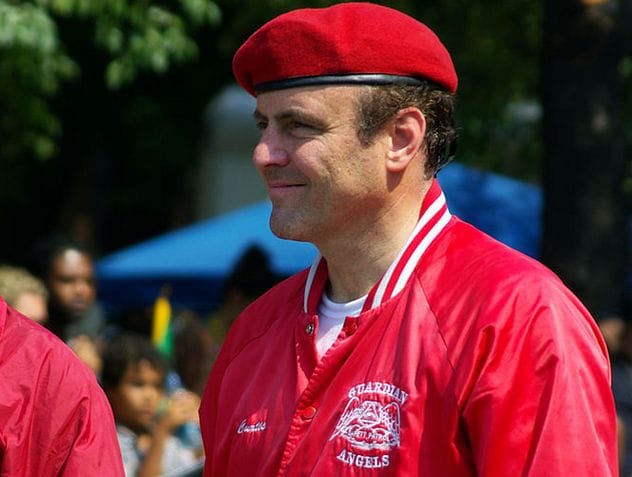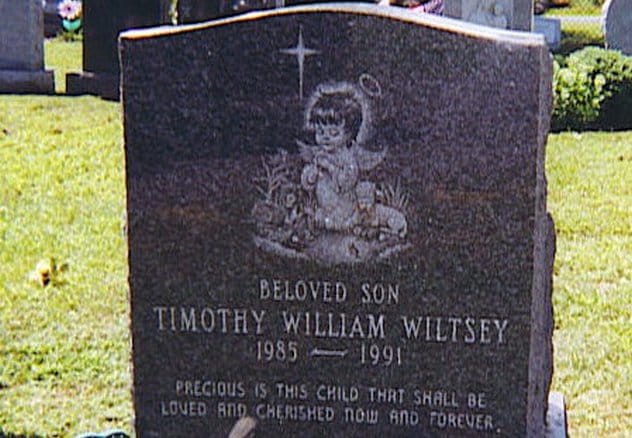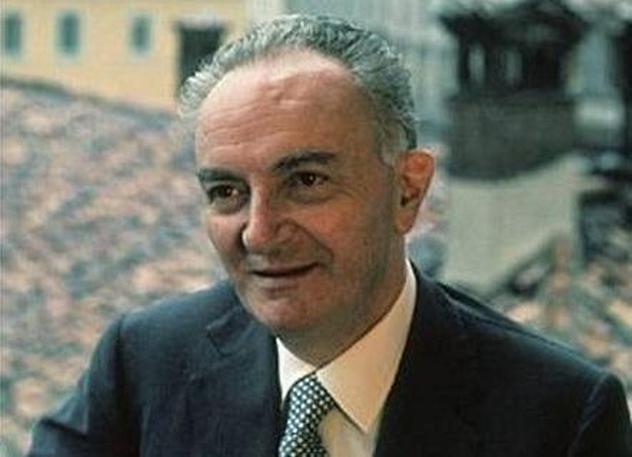Kidnapping is a crime that instantly grabs media attention. The world watches anxiously, hoping for the victim’s safe return and justice for the perpetrators. But what happens when the kidnapping is a complete fabrication? The anticipation turns to anger as the truth unravels, revealing elaborate hoaxes for attention, money, or publicity.
John Factor

During the Prohibition era, Roger Touhy’s bootlegging operation in Chicago made him a rival of Al Capone. Instead of killing Touhy, Capone framed him for the 1933 kidnapping of brewery heir William A. Hamm. Although Touhy was acquitted, Capone framed him for another crime: the fake kidnapping of gangster John Factor, also known as “Jake the Barber.”
Factor claimed Touhy kidnapped him and released him after a $70,000 ransom. Despite the lack of evidence, Factor and others testified against Touhy. In February 1934, Touhy received a 99-year sentence. After an unsuccessful escape in 1942, Touhy was paroled in December 1959, only to be killed in a mob hit less than a month later.
Nicole Riche

On March 29, 1950, actress Nicole Riche received a note during her play at the Grand Guignol Theater in Paris, urgently requesting to speak with her. Riche left but didn’t return, canceling the performance. Two days later, on April Fools’ Day, she walked into a police station.
Riche claimed Puritans kidnapped her, scolding her for her immoral lifestyle before leaving her in the forest of Fontainebleau. The police were skeptical of her story. Riche confessed that the “kidnapping” was a publicity stunt by the theater manager, Alexandre Dundas. Disturbingly, a male actor from Riche’s show attempted suicide shortly after her disappearance, supposedly due to his love for her.
Wassef Ali Hassoun

In 2004, Lebanese-American Marine Corporal Wassef Ali Hassoun deserted his post near Fallujah, Iraq, and faked his own kidnapping. Al Jazeera broadcasted a photo of a blindfolded Hassoun with a sword over his head, claiming he was kidnapped by “National Islamic Resistance.”
Rumors circulated that Hassoun was beheaded, but he reappeared unharmed at the US Embassy in Beirut on July 8. The Marines later announced that Hassoun had deserted and his kidnapping was a hoax. Charged with desertion and theft, Hassoun disappeared again in January 2005 while serving at Camp Lejeune. He remains a wanted fugitive, believed to be living in Lebanon.
Tawana Brawley
On November 24, 1987, 15-year-old Tawana Brawley disappeared in Wappingers Falls, New York. Four days later, she was found in a trash bag, smeared with feces and racial slurs on her body. Brawley claimed three white men had kidnapped and repeatedly raped her, accusing Assistant District Attorney Steven Pagones as one of the assailants.
The case sparked national outrage, with civil rights activists, including Reverend Al Sharpton, accusing state officials of a cover-up. However, a grand jury found inconsistencies in Brawley’s story, determining she fabricated the incident to avoid punishment for skipping school. Pagones was exonerated and won a defamation lawsuit against Sharpton, Brawley, and her attorneys. Brawley only began paying restitution in 2013, years after the 1998 judgment.
Flint Rhem

In 1930, St. Louis Cardinals pitcher Flint Rhem disappeared before an important game against the Brooklyn Robins. He reappeared two days later, claiming gangsters kidnapped him at gunpoint and forced him to drink, wanting him too drunk to pitch.
Skeptics doubted Rhem’s story, but Cardinals general manager Branch Rickey noted they couldn’t disprove it by Rhem’s smell. With no evidence to support his claims, and the Cardinals winning the pennant, Rhem went unpunished. He later admitted he spent those two days with friends on a drinking binge.
Shannon Matthews
Nine-year-old Shannon Matthews disappeared in Dewsbury, England, on February 19, 2008, sparking a massive search. After weeks, a £50,000 reward was offered. Shannon was found alive on March 14 in Michael Donovan’s flat. Donovan was the uncle of Shannon’s mother’s boyfriend. The recovery led to outrage when it was revealed that Karen Matthews, Shannon’s mother, had orchestrated the hoax.
Shannon was held captive and drugged in Donovan’s flat. Donovan and Karen planned for him to “find” Shannon and claim the reward, splitting the money. Both were sentenced to eight years in prison but have since been released early.
Curtis Sliwa

Anti-crime activist Curtis Sliwa, founder of the Guardian Angels, claimed in 1980 that New York City Transit Police officers kidnapped him. On June 19, 1992, Sliwa survived a real kidnapping attempt, shot by armed men in a stolen taxi. While recovering, he confessed that the 1980 kidnapping was a hoax.
Sliwa admitted the Guardian Angels staged six hoaxes to gain publicity, including faked threats and staged muggings. This revelation led to a libel lawsuit from the Transit Authority’s Police Benevolent Association.
Michelle Lodzinski

In 1991, Michelle Lodzinski reported her five-year-old son, Timothy Wiltsey, missing, claiming he disappeared at a carnival. Her story changed, and witnesses didn’t recall seeing Timothy. In 1992, Timothy’s remains were found, but the cause of death remained undetermined. Though a suspect, Michelle couldn’t be charged.
In 1994, Michelle faked her own kidnapping, claiming FBI agents abducted her and drove her to Detroit. She confessed it was a hoax after investigators discovered she had printed fake FBI business cards and traveled by bus. Sentenced to house arrest, Michelle remains the prime suspect in Timothy’s death, but the case is unsolved.
Michele Sindona

During the 1970s, Italian financier Michele Sindona laundered money for the Sicilian mafia. He defrauded Franklin National Bank of $45 million and was later suspected of ordering the assassination of Giorgio Ambrosoli. In 1979, Sindona faked his kidnapping to delay his trial.
Sindona’s lawyers claimed the “Proletarian Committee of Subversion for Better Justice” kidnapped him. He resurfaced months later with a gunshot wound, claiming he’d convinced his kidnappers to release him. Sindona had mafia associates fabricate the abduction, hiding in Sicily and attempting to blackmail political figures. The hoax was dismissed, and Sindona was imprisoned for fraud and Ambrosoli’s murder. In 1986, he died from cyanide poisoning.
Aimee Semple McPherson
In 1926, evangelist Aimee Semple McPherson disappeared while swimming at Ocean Park Beach, presumed drowned. A month later, her mother received a ransom note. McPherson reappeared in Agua Prieta, claiming she escaped captors after a 32-kilometer trek across the desert.
Investigators doubted her story, especially when Kenneth G. Ormiston, from McPherson’s radio station, also disappeared. Witnesses claimed McPherson and Ormiston had been seen together. It was speculated that McPherson staged the kidnapping to conduct a secret affair. Though charged with fraud and obstruction of justice, the charges were dropped. The truth behind McPherson’s disappearance remains debated, but many believe the kidnapping never occurred.
What do you think about these outrageous hoaxes? Share your thoughts and leave a comment below!










